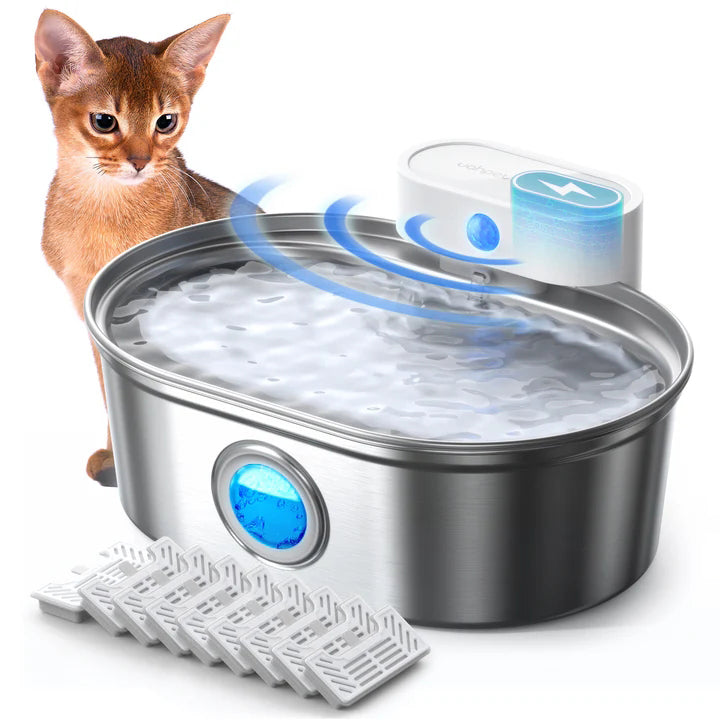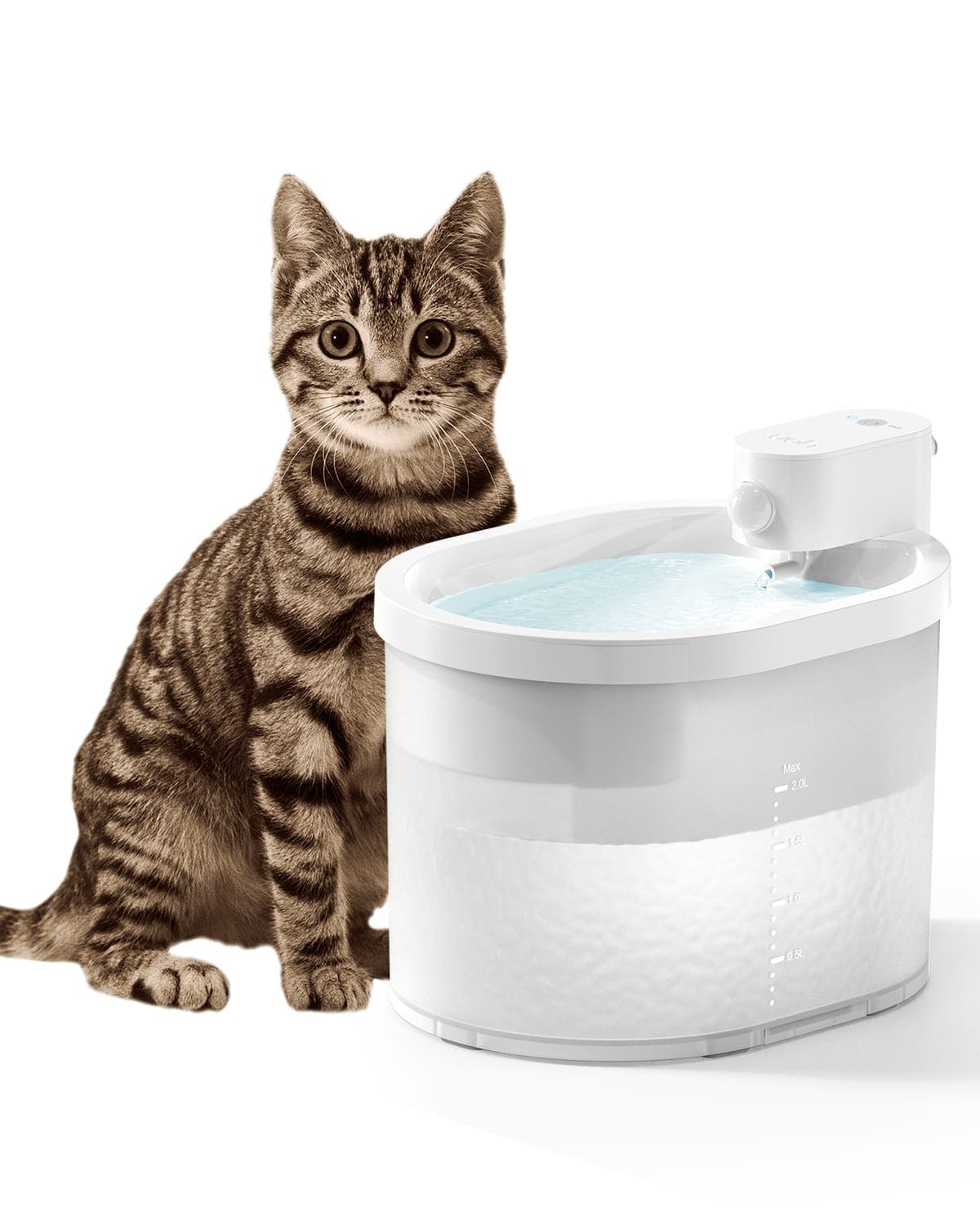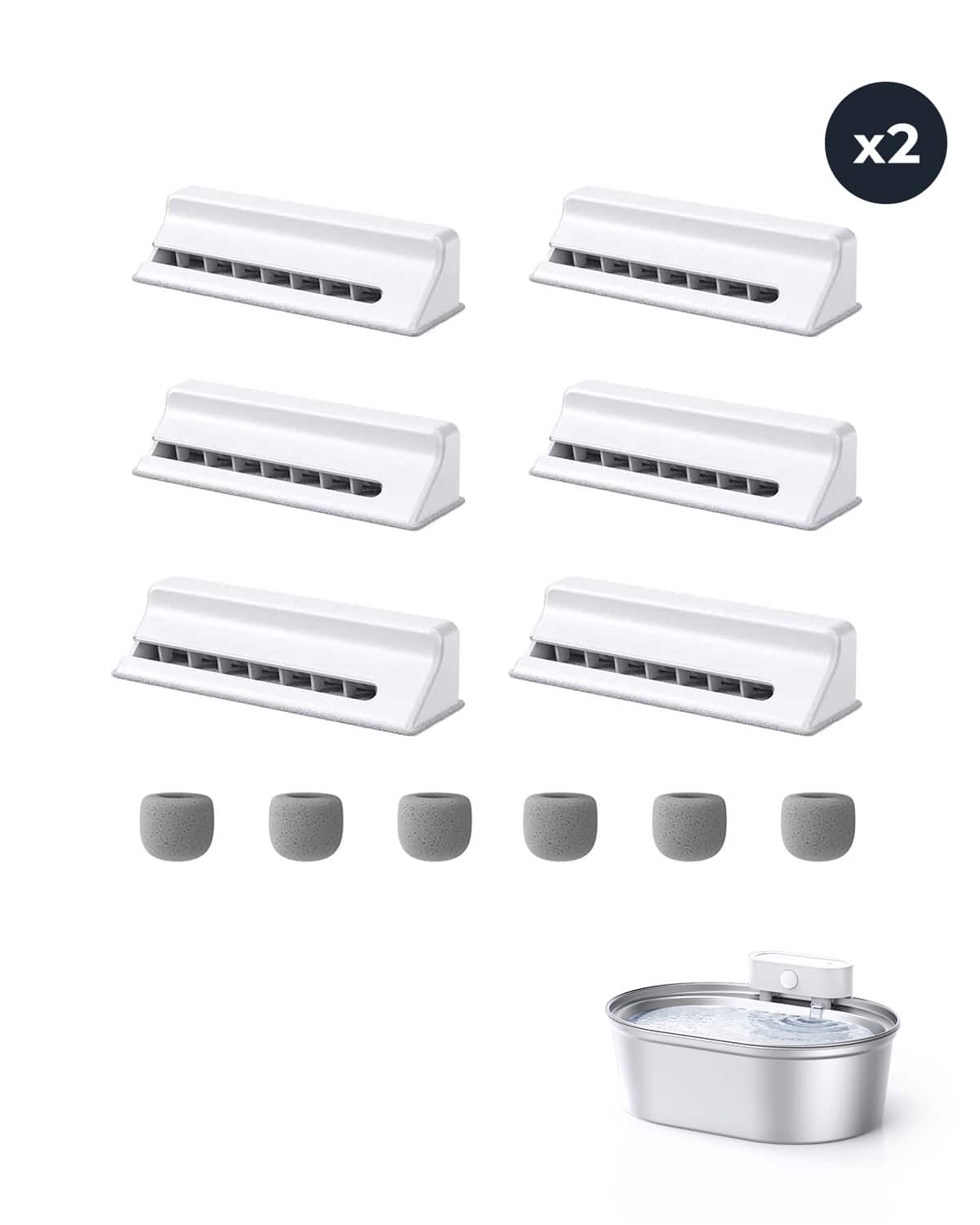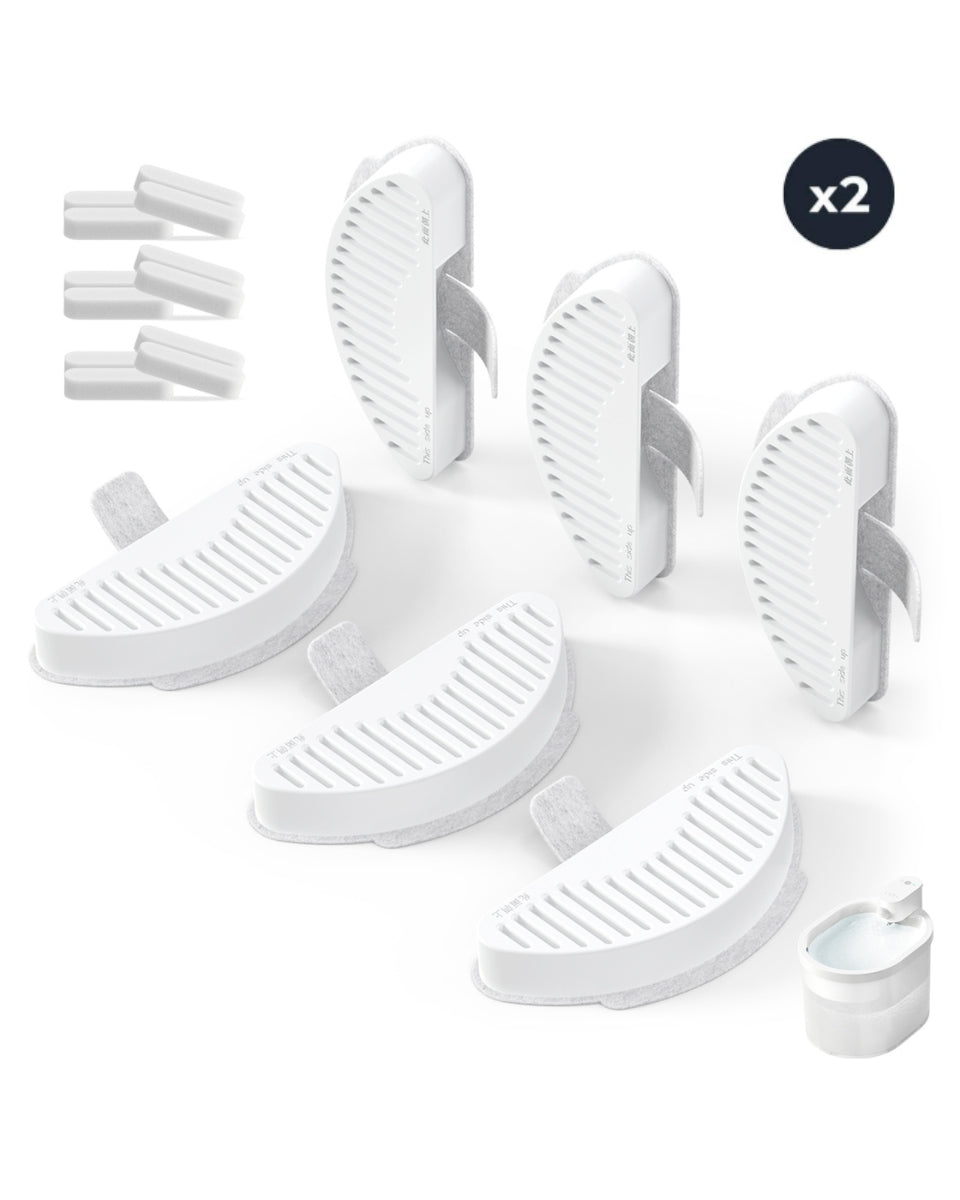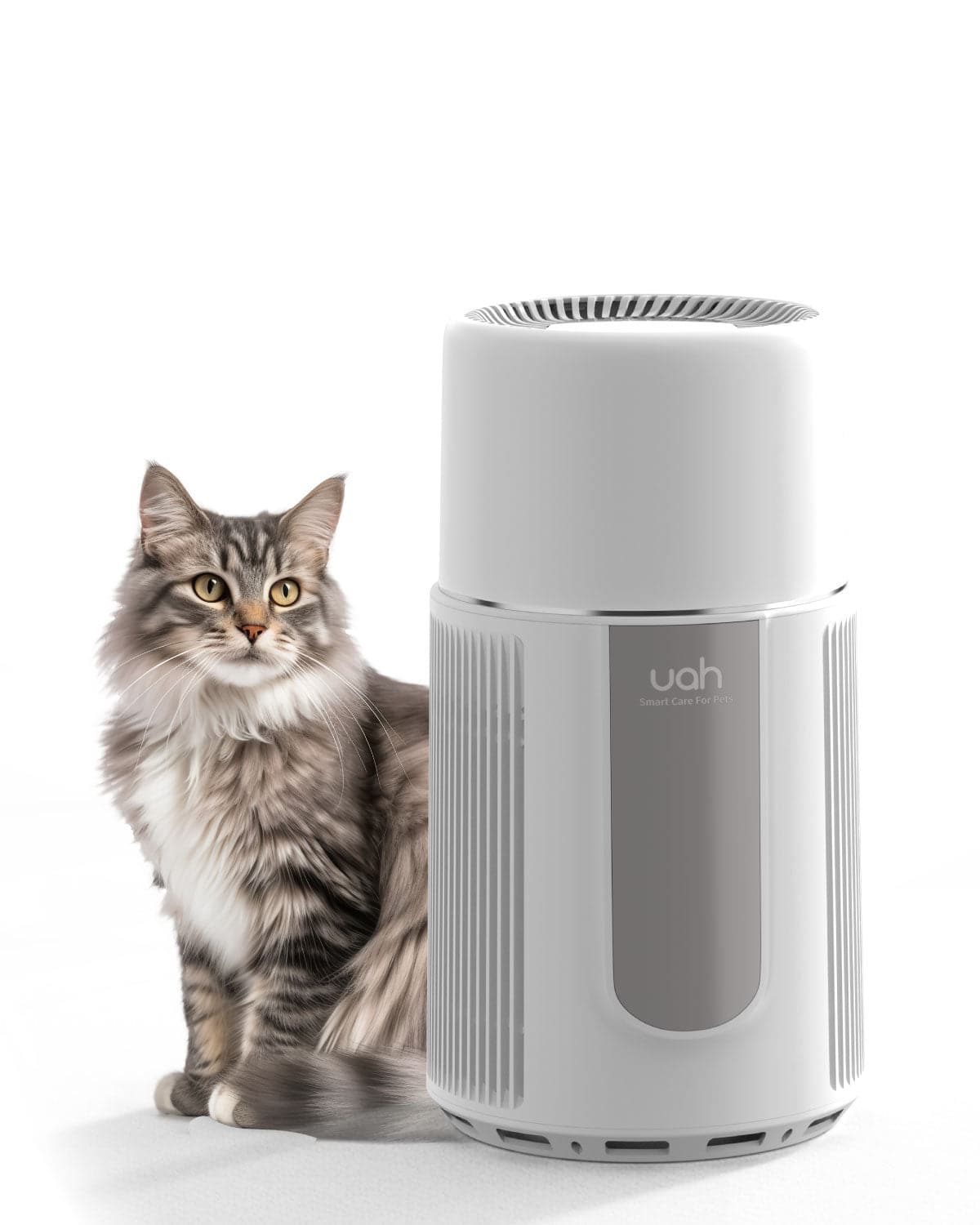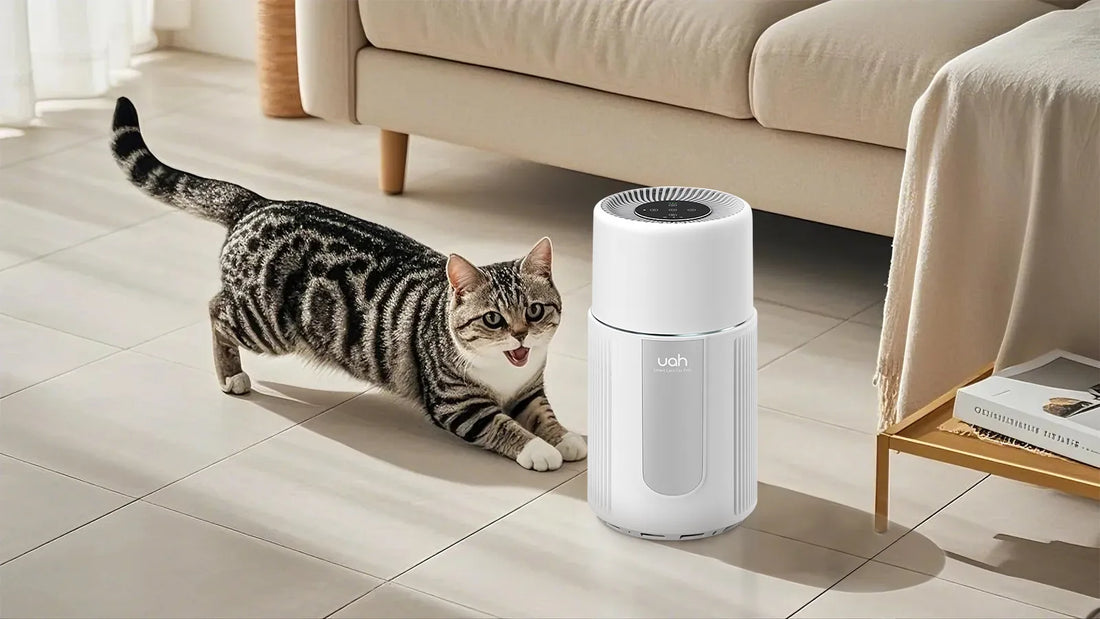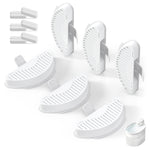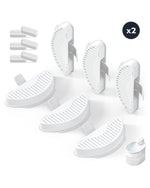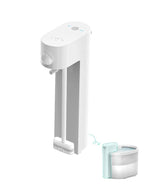Living with allergies or pets can make maintaining clean indoor air a challenge. Whole home air purifiers offer a solution by filtering out allergens, pet dander, and other pollutants throughout your entire house. This article explores the benefits, features, and considerations for choosing the right system to improve your indoor air quality.
Understanding Whole Home Air Purifiers
Whole home air purifiers are integrated systems designed to clean the air in every room of your house. Unlike portable units, these systems are connected to your HVAC system, ensuring consistent air purification across all spaces. They are particularly effective for households with allergies or pets, as they can capture microscopic particles that trigger symptoms or odors.
How Whole Home Air Purifiers Work
These systems use advanced filtration technologies to remove contaminants from the air. Most models feature multiple stages of filtration, including pre-filters, HEPA filters, and activated carbon filters. The pre-filter captures large particles like dust and pet hair, while the HEPA filter traps allergens, mold spores, and bacteria. Activated carbon filters absorb odors and volatile organic compounds (VOCs), making them ideal for pet owners.
Benefits of Whole Home Air Purifiers
Investing in a whole home air purifier offers numerous advantages. First, they provide comprehensive coverage, ensuring that every room benefits from clean air. This is especially important for allergy sufferers, as allergens can linger in untreated spaces. Second, they are low-maintenance compared to portable units, with filters typically requiring replacement only once or twice a year. Finally, they operate quietly and efficiently, without disrupting your daily life.
Key Features to Look For
When selecting a whole home air purifier, consider the following features:
- Filtration Efficiency: Look for systems with HEPA filters, which capture 99.97% of particles as small as 0.3 microns.
- Odor Control: Activated carbon filters are essential for neutralizing pet odors and VOCs.
- Compatibility: Ensure the system is compatible with your existing HVAC setup.
- Energy Efficiency: Choose a model with a high energy efficiency rating to minimize operating costs.
- Warranty: A longer warranty period indicates the manufacturer's confidence in the product's durability.
Installation and Maintenance
Professional installation is recommended for whole home air purifiers to ensure proper integration with your HVAC system. Once installed, maintenance is straightforward. Regularly replace filters according to the manufacturer's guidelines, and schedule annual inspections to keep the system running smoothly. Proper maintenance not only extends the lifespan of the unit but also ensures optimal performance.
Cost Considerations
The cost of a whole home air purifier varies depending on the system's features and your home's size. While the initial investment may be higher than portable units, the long-term benefits often justify the expense. Reduced allergy symptoms, improved air quality, and lower energy bills can make these systems a worthwhile investment for many households.
Choosing the Right System for Your Needs
To find the best whole home air purifier for your home, assess your specific needs. Consider the severity of your allergies, the number of pets you have, and the size of your living space. Reading reviews and consulting with HVAC professionals can also help you make an informed decision.
Whole home air purifiers are a game-changer for allergy sufferers and pet owners alike. By investing in one of these systems, you can enjoy cleaner air, fewer symptoms, and a healthier living environment. Take the first step toward better indoor air quality today and experience the difference for yourself.

